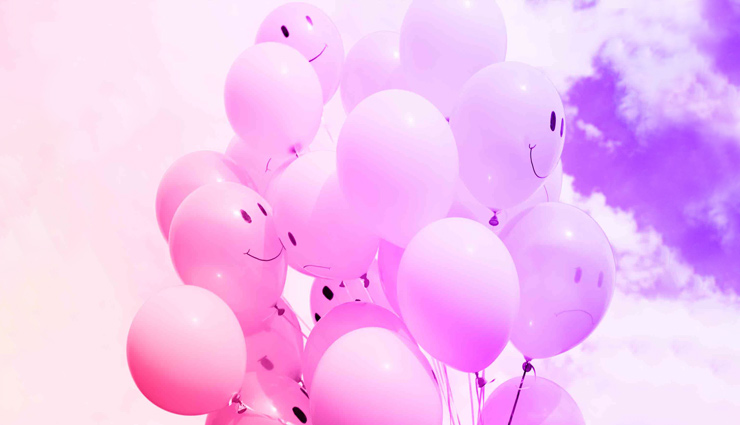Pink is one of the softest and most popular colors in the world. At least after the release of the movie “Barbie” starring Margot Robbie and Ryan Gosling in July this year and the incredible reception it received, we are sure that pink is the favorite color of many. Do you know what effect this color has on our moods and feelings? Pink color psychology answers this question. In this article, we talk about the psychology of pink color and the positive and negative features of this color and get to know the brands that use it abundantly. If you also like the color pink, don’t miss this article.
Color psychology and explaining the effects of colors on everything
Colors are one of the greatest blessings that nature has given us. Imagine a world with no colors except black, white, and gray. Life would get pretty dull, wouldn’t it? However, it is simplistic to think that colors exist only to make the world more beautiful. Colors affect our lives. According to color psychology, different colors can affect our moods, emotions, and behavior.
Pink is one of the most beautiful colors in the world, which seems to be related to love, kindness, and feminine tenderness. Pink is the color of spring flowers and a symbol of renewal. Let’s learn more about this color.
Definition of pink color and its characteristics

Pink color is obtained from the combination of red and white, considered bright red. The pink hexadecimal code is FFC0CB#. Like any other color, pink has different shades, including dark pink, light pink, dark pink, floral pink, and salmon pink. A little later, we will talk about the types of pink color.
Pink is often described as a feminine color, Maybe because, for many of us, this color evokes childhood memories. Most of us, when we went to different stores as children, noticed that most of the girls’ toys and clothes were pink, while the boys’ shelves were filled with blue things.
Positive characteristics associated with the color pink
- unconditional love;
- passion;
- hope;
- relaxation;
- innocence;
- being sympathetic;
- intimacy;
- understanding and tact;
- security
Negative connotations of pink color
- lack of willpower;
- lack of self-worth;
- self-indulgence;
- Cowardice;
- naivety;
- childish behavior
What does the color pink symbolize?
In the knowledge of colors, each color represents certain concepts. For example, as we said, pink can convey love and affection due to the red color in its composition. Also, since we often think of pink as a feminine color, it can be associated with softness, kindness, care, and compassion, which are often more prominent in women than men.
Also, pink color is a sign of hope, A cheerful color that inspires warm and comforting feelings, feelings like everything will be okay.
Of course, we must also consider an important point. Individual experiences and cultural aspects strongly influence the concepts that colors evoke. For example, in many cultures, red is a symbol of love, but it is not clear that it has the same meaning in every country and every culture.
Some symbolic meanings of the color pink
Two of the most essential symbolic concepts of pink are the pink ribbon movement and the pink tax, each of which we have explained below.
1. Pink Ribbon Movement
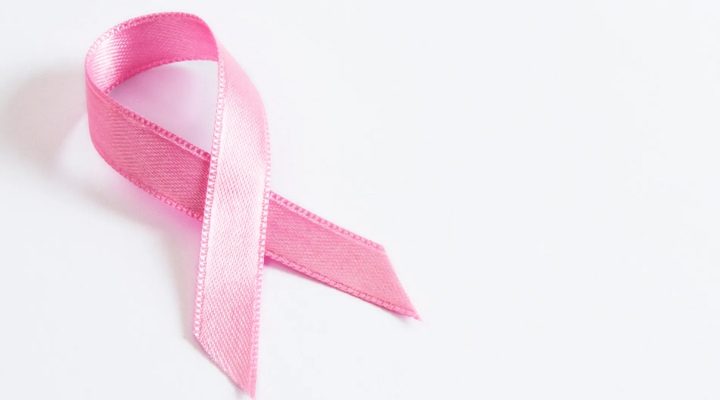
Pink is symbolically the unique color of the breast cancer awareness movement. On Pink Ribbon Day, members of the action and their followers wear a pink ribbon as a wristband, hair ribbon, or pin on their clothing to honor survivors and those who have died from the disease.
2. pink tax
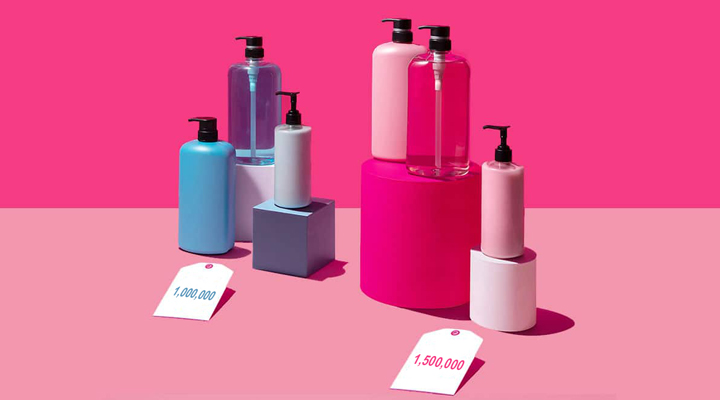
In some countries, the term pink tax is used, which you may not have heard about yet. The pink tax is a symbol of more expensive products for women. This concept means that products that are produced and marketed for women are usually more expensive than men’s products without any logical reason. For example, many health products, such as shampoo and body shampoo, are more costly for women than men. Various arguments have been put forward about this matter, such as saying that most women usually do not have a problem with paying more for products related to themselves.
Psychology of pink color and its effects on mood
According to the psychology of pink color, this color can have different effects on our mood and behavior. Each shade of pink has other consequences. Usually, softer shades of pink are more relaxing, and sharper shadows are more exciting.
In terms of pink color psychology, people who use pink color a lot may seem innocent and simple people. However, do not forget that if you constantly use this color, it may make you look like an immature person who does not take on the responsibilities of an adult.
Pink detention centers

One aspect of the psychology of pink is that it is relaxing. You may not have heard the term “pink prison.” In some countries, all the bars, floors, ceilings, and walls of alcohol-related detention centers are painted a shade of pink called drunk-tank pink. It is believed that this color can calm the detainees.
Interestingly, color psychology researchers have found that pink only relaxes when first exposed to it. If we are told to pink color for a long time, the effect will gradually reverse. There is some evidence that once prisoners get used to the color pink, they become more agitated than before.
Pink locker rooms
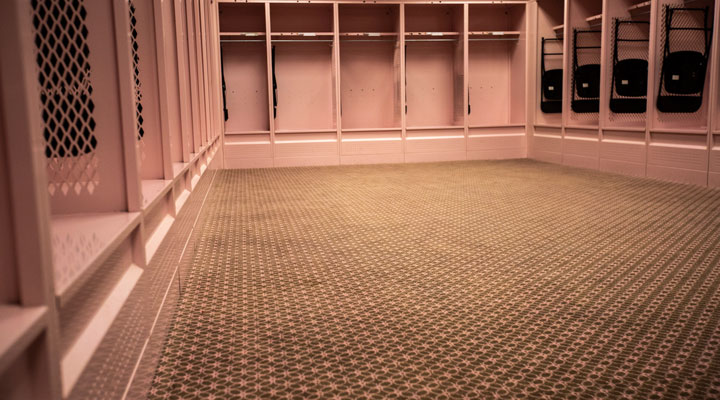
On the negative side, pink can reduce people’s energy and confuse their minds. For example, some clubs paint the locker room of the opposing team pink so that the players become passive and lose a lot of energy. An example is the Iowa Hawkeyes, who have a pink locker room for the visiting team at Kinnick Stadium, designed by Iowa coach Hayden Fry, who majored in psychology at Baylor University. Is educated. He believes that the whole face room can confuse the minds of opposing teams.
All kinds of pink
Like any other color, pink has many dark and light shades, some of the most popular of which we have introduced below.
1. blush pink
The hexadecimal code of this color is DE5D83#. This pink is similar to the color of our skin, a very pale pink that implies sensual and sexual connotations. Although it is a pleasant color, it lacks passion and energy.
2. rose pink
The hexadecimal code of this color is #FF66CC. This pink conveys universal love and unity and is considered a feminine, sensual, and mature color.
3. salmon pink
The hexadecimal code of this color is #FF91A4. Salmon pink has orange instead of red and can be a sign of a timid person in love who only talks and does not act.
4. orchid
The hexadecimal code of this color is #DA70D6. The color of the orchid is a kind of pink closer to lavender purple. This color is mostly a sign of people who don’t want to blend in with society and do their own thing.
5. fuchsia
The hexadecimal code of this color is #FF00FF. The fuchsia color combines deep pink and blue and can signify self-confidence, assurance, maturity, responsible and controlled love.
6. pastel pink
The hexadecimal code of this color is #FFD1DC. Pastel pink is one of the brightest colors and is usually associated with purity and peace.
7. light pink
The hexadecimal code of this color is #FFB6C1. This color is similar to pastel pink, but the red tone used in it is sharper. This color is brighter than pastel, and girls use it a lot.
8. baby pink
The hexadecimal code of this color is #F4C2C2. Baby pink is somewhere between bright and pastel pink and is very popular. Its appearance looks clean and delicate, and its saturation level is less than bright pink.
9. dark pink
The hexadecimal code of this color is #E75480. Dark pink is a warmer and richer shade of pink and is considered the crutch of designers who deal with color theory. This color can be beautifully combined with lighter shades of pink and complement them; That’s why designers work with it a lot.
10. blush pink
The hexadecimal code of this color is #A94064. This pink is one of the more profound and duller shades of pink with a dark pink undertone and approaches a red or purple shade in different lights.
11. neon pink
The hexadecimal code of this color is #FF6EC7. It’s a shimmery pink that’s more eye-catching than any other shade of pink. A bold and passionate color that quickly attracts people’s attention.
12. hot pink
The hexadecimal code of this color is #FF69B4. This pink is warmer than neon pink but not as bright. The red and purple shades (tonality) present in it make it softer and do not bother the eyes. In color theory, it is mainly used for marketing and branding.
Brands that use pink
Many brands that sell their products mainly to women pay much attention to the pink color. Even marketers and designers in the marketing and design of brand products, according to the concept of color theory, try to influence the target audience with the color pink psychologically.
Many big brands can be named that have pink in their logos and products. Of course, this does not mean that only brands with unique products for women work with pink. There are other brands that, although their target audience is not of a specific gender group, try to take advantage of other features of pink color.
1. Barbie brand
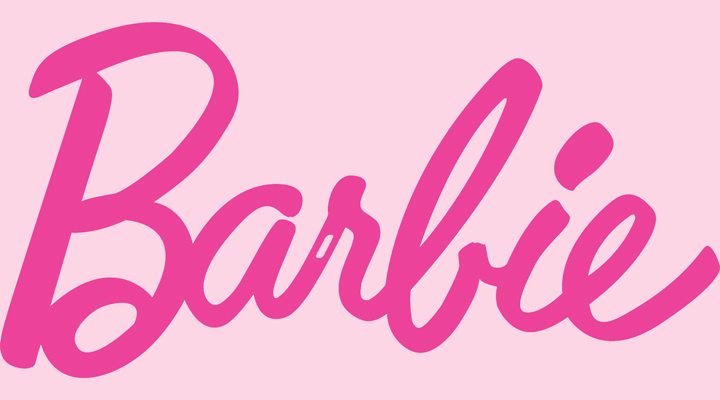
Barbie is one of the most famous brands that use the color pink. The Barbie brand uses pink more than any other brand in its designs, products, marketing, and logo. If you have seen the recently released movie Barbie, starring Margot Robbie and Ryan Gosling, you know that everything is pink in this movie.
One of the reasons why the Barbie brand uses pink color is the traditional reason that this color is for girls. The Barbie brand was aimed at girls from the beginning of its work and is still reserved for women.
2. Adobe InDesign
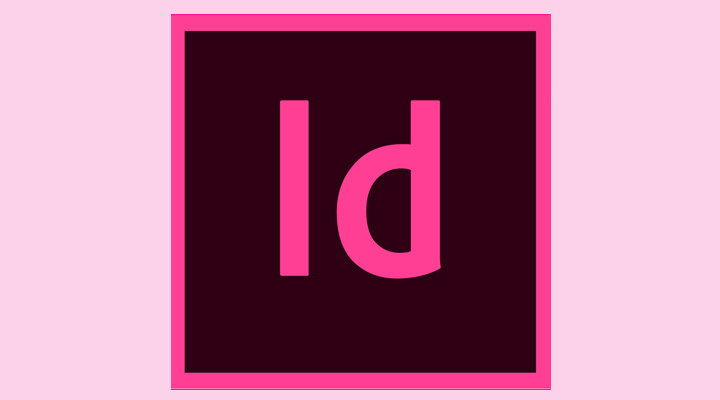
Adobe InDesign is part of Adobe’s creative software suite and is a popular design and marketing tool. They use this tool for typesetting and creating strategies. The InDesign logo contains bold pink and has a clean and minimal design. The different shades of pink in the logo and its user interfaces complement each other. This design conveys a delicate and professional feeling to its users, along with a sense of creativity and enthusiasm.
3. Baskin Robbins

Another big brand that uses pink color in its logo and designs is Baskin Robbins ice cream brand. This brand’s clever use of pink and blue shades that complement each other makes its logo recognizable quickly. Seeing this color combination in the logo gives the buyer a sense of excitement and happiness, which reflects the brand’s values. At the heart of the “BR” symbol used in the logo, the number 31 is embedded in pink, representing the number of ice cream flavors that the brand has offered.
final word
In this article, we talked about the psychology of pink color and learned about the positive and negative features of this color and the brands that use pink a lot. The eye-catching nature of pink has made it a trendy color for brands and their designers and marketers. Pink is reminiscent of spring flowers and freshness. Color is inspiring and creates creativity. Many of us think of pink as a feminine color because we are used to seeing pink clothes and toys for girls since childhood.
What do you think about the color pink? How do you feel when you see it? Please share your views with us.
Warning! This article is only for educational purposes, and to use it, it is necessary to consult a doctor or specialist.
